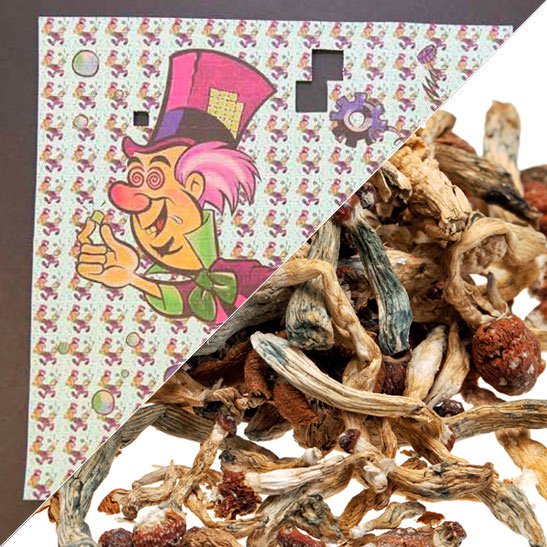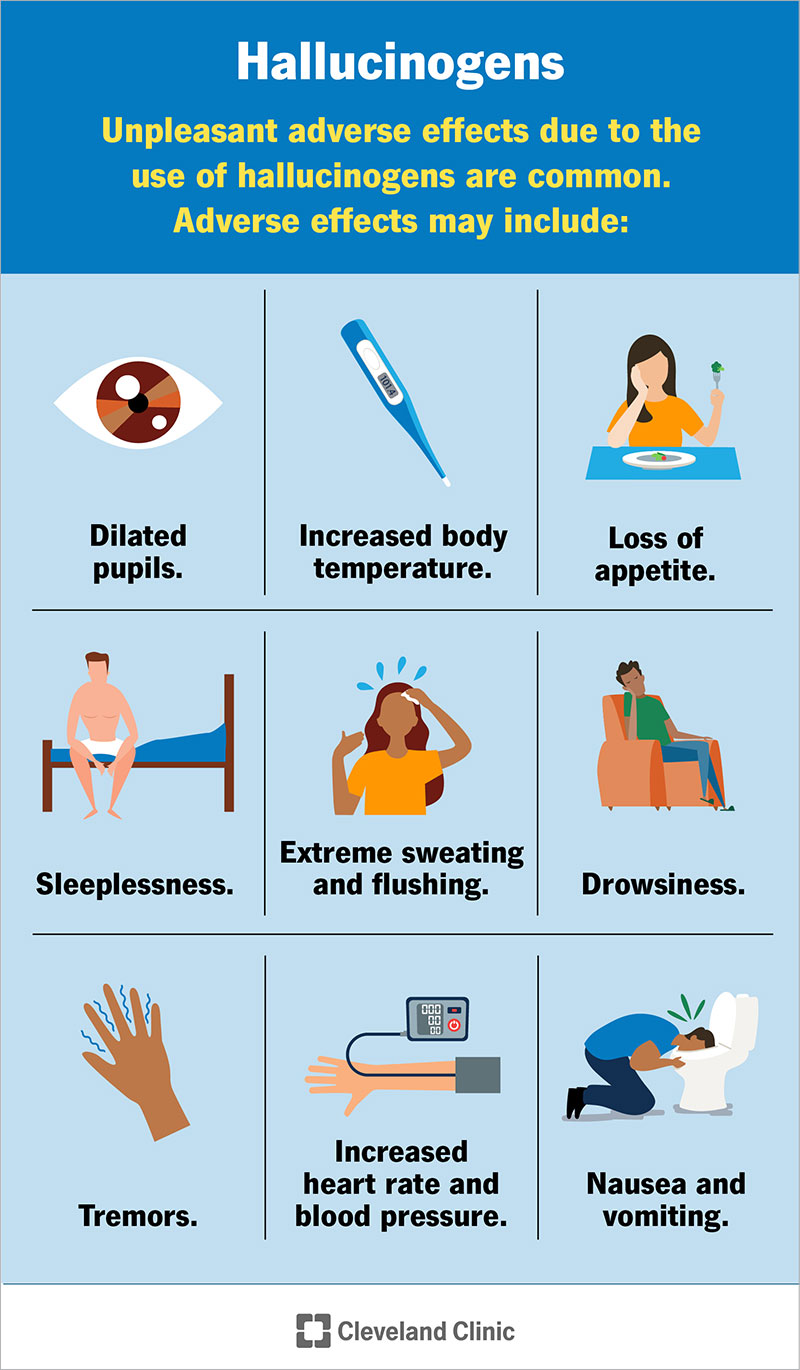Everything About Psychotomimetic Compounds: Their Function in Psychological Research
Psychotomimetic compounds, such as LSD and psilocybin, have amassed boosting passion in emotional research for their capability to duplicate psychotic signs and symptoms and provide understanding right into numerous mental health and wellness conditions. Their interactions within the brain, particularly through serotonin and dopamine paths, suggest a facility relationship between consciousness and neurobiology that might open novel restorative opportunities. As researchers remain to examine their prospective applications, honest factors to consider bordering their usage in clinical setups become vital, increasing essential concerns about safety and notified consent that warrant additional expedition.
Meaning of Psychotomimetic Substances
In the world of psychological research study, psychotomimetic compounds are materials that can cause results appearing like those of psychosis, such as hallucinations, delusions, and transformed perceptions of fact - About Golden Psycho. These substances can be identified right into numerous groups, consisting of hallucinogens, dissociatives, and particular stimulants, each producing distinct psychological results
The medicinal activity of psychotomimetic substances commonly entails inflection of neurotransmitter systems, especially those pertaining to serotonin, dopamine, and glutamate. For example, materials like lysergic acid diethylamide (LSD) mostly act on serotonin receptors, causing profound modifications in sensory understanding and cognition.
The energy of psychotomimetics in research study exists in their capability to mimic psychotic symptoms, providing a design for understanding the hidden devices of psychotic conditions such as schizophrenia. By examining the effects of these compounds, researchers can get understandings into the neurobiological and psychological processes that add to psychosis.
Moreover, psychotomimetic substances have been checked out for their healing possibility in dealing with various mental health and wellness conditions, including anxiety and anxiousness, highlighting their dual function in both research study and possible professional applications.
Historical Growth and Context
The exploration of psychotomimetic substances has a rich historical context that goes back to ancient human beings, where substances such as psilocybin mushrooms and peyote were used in spiritual and healing practices. These very early usages usually intertwined with spiritual rituals, recommending an extensive respect for the altered states of consciousness caused by these substances.
The mid-20th century noted a considerable juncture in the research of psychotomimetic substances, particularly with the synthesis of LSD by Albert Hofmann in 1938. The succeeding popularization of LSD in the 1960s militarized a wave of passion in both its psychological impacts and potential therapeutic applications. Researchers began to examine exactly how these substances can simulate psychotic states, supplying understandings into mental disease.
Nevertheless, the enhancing organization of psychotomimetics with counterculture motions led to regulative reaction, culminating in the criminalization of several of these compounds. In spite of these challenges, the resurgence of rate of interest in the healing potential of psychedelics in the 21st century has triggered renewed research. This historic trajectory highlights the progressing perception of psychotomimetic substances, transforming from sacred compounds to topics of scientific questions and, possibly, restorative assurance.
Mechanisms of Action
Comprehending the devices of activity of psychotomimetic substances reveals the detailed methods these materials engage with the mind's neurochemistry. These substances mostly exert their results via modulation of neurotransmitter systems, particularly serotonin, dopamine, and glutamate.
In addition to serotonin, dopaminergic pathways are significantly affected by substances like mescaline and specific cannabinoids, which can bring about modified states of awareness and adjustments in mood and motivation. The NMDA receptor animosity observed with materials like ketamine highlights one more path through which psychotomimetics may induce dissociative states and profound changes in believed processes.
The neurochemical cascades launched by these communications lead to complex and multifaceted psychological results. Understanding these systems is vital for both the advancement of emotional research and the therapeutic possibility of psychotomimetic substances, as they give insights right into the underlying neural correlates of transformed states of awareness.
Current Research Study and Applications
Current investigations into psychotomimetic substances have actually revealed a revival of interest in their therapeutic applications, particularly in More Info the fields of psychiatry and psychology. Researchers have actually begun exploring substances such as psilocybin, LSD, and ayahuasca for their possible to reduce signs and symptoms associated with various psychological wellness problems, consisting of anxiety, anxiousness, and PTSD.
Scientific tests have shown that, when carried out in controlled settings, these compounds can promote profound psychological experiences, advertising psychological breakthroughs and improved healing results. For example, studies have actually shown that psilocybin-assisted treatment can result in significant reductions in treatment-resistant anxiety, with effects lasting for several months post-treatment.
In addition, psychotomimetic substances are being reviewed for their capability to cultivate neuroplasticity, possibly allowing for even more efficient rewiring of maladaptive thought patterns. These findings suggest that such compounds may work as accessories to standard psychotherapeutic approaches, enhancing the efficiency of healing interventions.
As research study advances, the focus is changing in the direction of understanding the optimum dosages, healing setups, and participant characteristics that resource can make the most of the advantages of these compounds. This blossoming field holds guarantee for reinventing psychological health therapy standards and addressing the constraints of traditional psychiatric medications.
Moral Considerations in Study

Navigating the moral landscape of study including psychotomimetic substances is vital to making sure participant security and the honesty of research study results. Scientists need to prioritize enlightened approval, making sure that participants totally recognize the prospective threats and benefits related to the substances being studied. This includes giving thorough details about possible emotional results, consisting of intense and lasting effects, and enabling individuals the opportunity to take out from the study any time without fine.
IRBs assess research study procedures to safeguard individual well-being and promote ethical standards. In addition, the capacity for coercion must be very carefully examined, specifically when vulnerable populaces are entailed.
Privacy is an additional extremely important consideration. Researchers have to implement durable steps to secure participants' identifications and data, especially offered the sensitive nature of experiences related to psychotomimetic compounds (About Golden Psycho). Inevitably, a dedication to moral techniques not just cultivates trust fund in click resources between researchers and individuals however likewise boosts the reputation and legitimacy of the research end results, adding to the advancement of mental understanding

Verdict
In conclusion, psychotomimetic substances, particularly timeless psychedelics such as LSD and psilocybin, offer considerable understandings right into mental disorders with their special systems of activity. Their restorative possibility in addressing problems like stress and anxiety and PTSD highlights the importance of ongoing research in this field. Ensuring honest criteria in study practices is crucial for participant security and informed permission, enabling for an accountable exploration of these substances' benefits and implications within emotional scientific research.